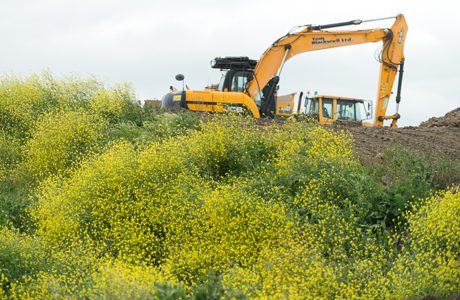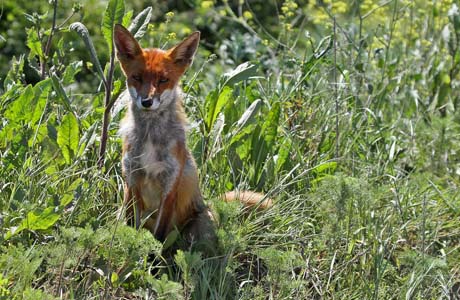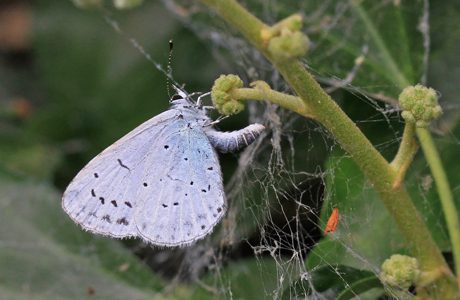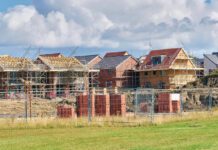
Work with the RSPB continues to promote local biodiversity across Pitsea Landfill site in Essex, says Veolia.
Equivalent in size to approximately 450 international football pitches, the Pitsea Landfill site in Basildon, Essex covers 280 hectares. The active landfill accepts 800,000 tonnes of solid, non-hazardous waste from the local area each year, but it’s also home to a thriving eco-system, according to the RSPB and Veolia.
The unlikely nature reserve plays host to foxes, badgers, birds, bees and even protected adders. In parallel with World Environment Day (5 June 2016), the site has been celebrating the protection of local wildlife and efforts to sustain their habitats. This “landfill facelift” has included various initiatives to improve the biodiversity of the site, including:
– A hibernacula has been constructed around the site using piles of rubble, rocks, logs and earth banks, so wildlife such as hedgehogs, newts and beetles can seek refuge during fluctuating weather conditions
– Seeding has been spread across a 3.5 hectare plot to provide food for turtle doves. This is primarily to encourage nesting during breeding seasons owing to the rapid and sustained population declines of the species across the UK in recent years – the turtle dove is now included on the Red List of conservation concern
– A badger hide area, including wetlands, is nearing completion – this will create a rich habitat with an abundance of food and shelter for badgers away from busy roads, since 50,000 badgers are killed on our roads every year
– Bee orchids have been trans-located to Pitsea, and now there are several bee hives managed by the Southend Beekeepers Association onsite. One happy by-product of this is to help promote and advance the craft of beekeeping, which should be a priority given the dramatic recent decline in bee populations nationwide and the extinction of two bee species in the UK
– To help protect endangered adders areas onsite have been given a concrete granular finish which is improve their performance as a habitat – additionally concreate slabs have been laid flat to act as basking mats and foliage has been planted around them to attract their food source
– Additionally, 600 trees have been planted across the entire Pitsea site to provide food and shelter for animals large and small, while offsetting CO2

The effort to transform what is an active landfill site into a nature reserve, to look after the local habitats and protect disappearing species from the local area, appears to be a success.
Once the landfill reaches the extent of its planning permit, Veolia will also be responsible for undertaking restoration and providing a programme to that effect, which will run for 60 years. It will then be leased by the Royal Society for the Protection of Birds (RSPB) to increase biodiversity. The RSPB will be attempting something similar with a neighbouring nature reserve.
The RSPB has started hosting community events on Veolia’s behalf at the site, and you can find out more about this at www.rspb.org.uk/southessexmarshes.
Keith McGurk of Veolia UK commented: “It’s truly astonishing to think that as well as housing such a thriving eco-system, Pitsea operates one of the largest gas collection schemes in the UK.
Natalie Holt, Senior Sites Manager at the RSPB South Essex reserves, said: “Many people would think a landfill couldn’t provide homes for nature, but Pitsea proves this wrong. We work closely with our neighbours to ensure that restored areas and areas currently in restoration are providing excellent conditions for native wildlife. I am always amazed to see so many wildflower-rich areas in the summer months, and cameras we have installed are capturing some really interesting night-time images. We are excited to be starting to run events on the site to be able to show people wildlife they might not normally be able to see.”







